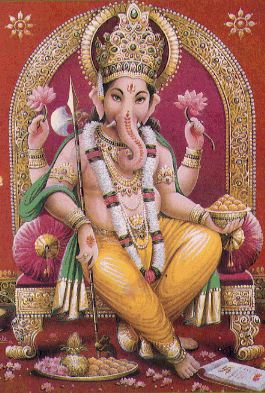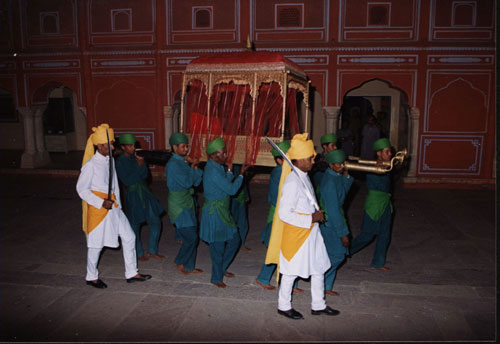
HINDU MARRIAGES
The Hindu Marriage is a spiritual union of two individuals performed in the presence of God.
The ceremony evolved from the Vedic period dating back to 2000 B.C. The ceremony is solemnized in accordance with the Vedas.
|
|
HINDU MARRIAGES The Hindu Marriage is a spiritual union of two individuals performed in the presence of God. The ceremony evolved from the Vedic period dating back to 2000 B.C. The ceremony is solemnized in accordance with the Vedas.
|
|
The Mandap
|
|
|
|
The Marriage CeremonyHASTA MILAAP (Joining of hands): The bride and groom place their right hands together. The priest ties the ends of their garments in a sacred knot and they take an oath to love, cherish, and protect each other throughout their lives. The knot symbolizes everlasting togetherness. |
|
KANYA DAAN (Giving away the bride): The bride’s father first symbolically offers her to God and then formally gives her hand in marriage to the groom. This is one of the holiest and greatest Daan (sacrifice) ever performed by parents. |
|
MANGAL PHERA (Holy steps around the fire): The brides brother gives her rice which she offers to the fire, signifying that he will provide support and protection to his sister when required. The couple circles the holy fire four times, symbolizing four basic human goals: DHARMA (righteousness), ARTHA (prosperity), KAMA (family life), and MOKSHA (liberation).
SEVEN VOWS:
· Step one we take for food, health and vitality.
· Step 2 we take for strength and stability in life.
· Step 3 we take for prosperity.
· Step 4 we take for happiness and harmony.
· Step 5 we take for healthy offspring.
· Step 6 we take for a long and happy married life.
· Step 7 we take for the fulfillment of life’s purpose.
|
|
SINDHOOR (Vermilion) & MANGAL SUTRA (Sacred necklace): The groom places vermilion on the bride’s forehead and along the parting of her hair as she represents symbol of a married woman. The groom also places the Mangal Sutra made of gold and black beads around the bride’s neck symbolizing his eternal love for her. |
|
VIDAI (Farewell to the bride):
 |
Usually the bride is made to sit in a palanquin and taken to the groom’s house after the wedding. A touching farewell is given to the daughter who will now be a wife and part of the groom’s family. |
LIST OF SOURCES:
_____________________
Submitted anonymously by a student, Spring 2003